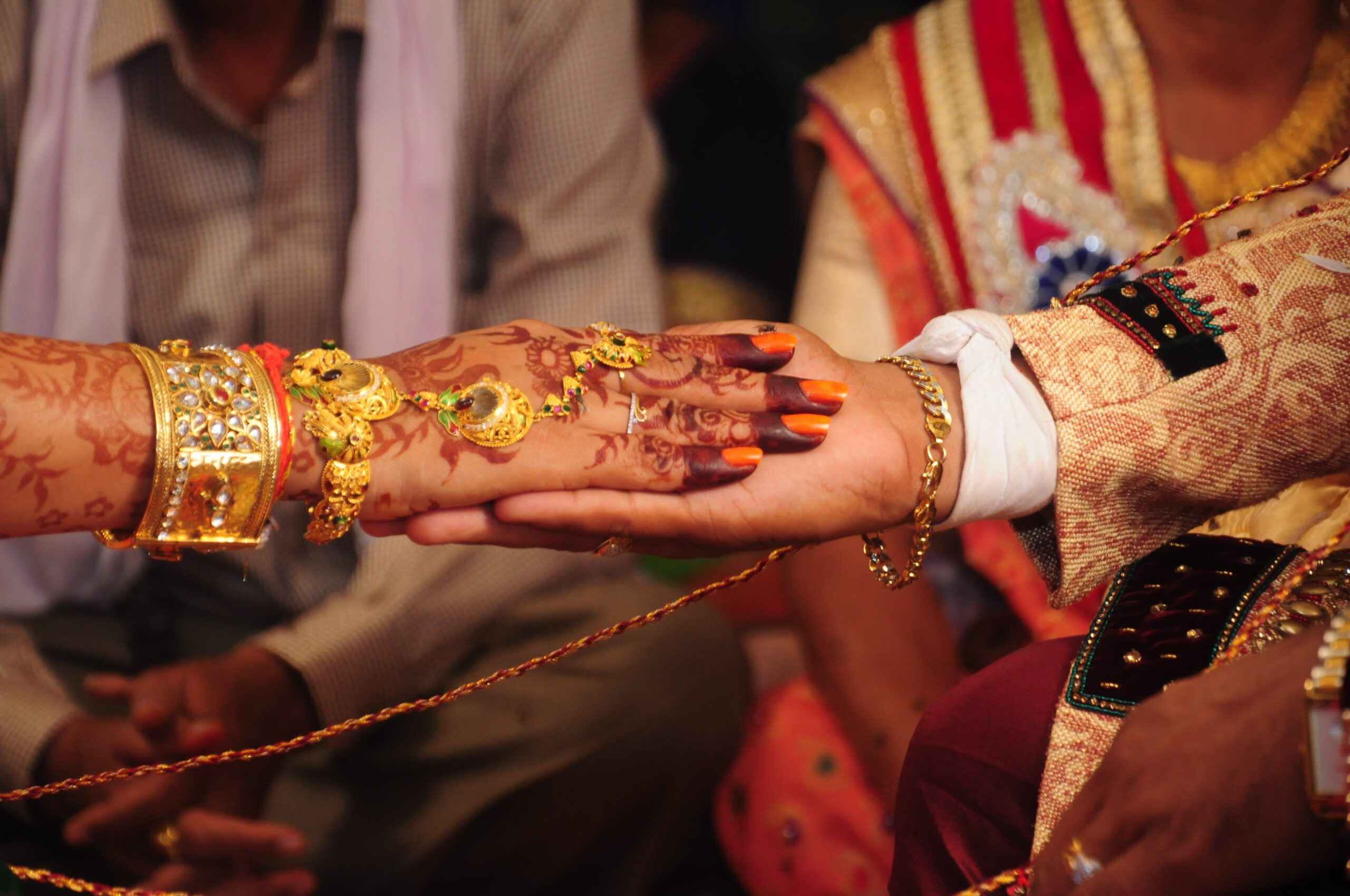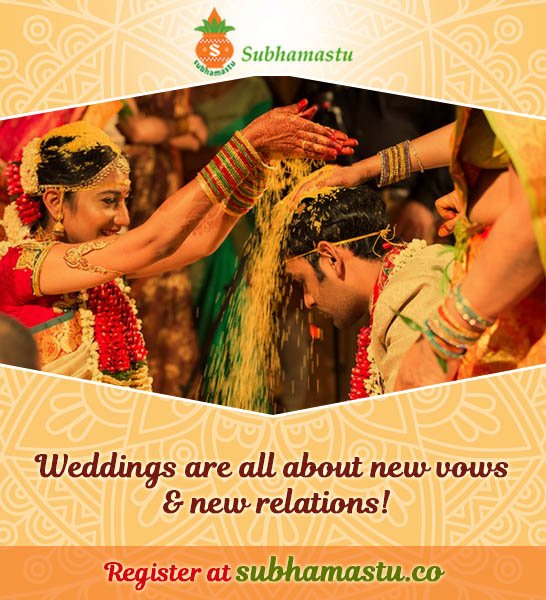Kamma community is a subcaste of the larger Kapu community and is primarily concentrated in the southern state of Andhra Pradesh. Kamma weddings are known for their unique and elaborate rituals that have been passed down through generations. While Kamma weddings share some similarities with other South Indian wedding traditions, there are also several distinct differences that set them apart. In this article, we will explore the ways in which Kamma marriage rituals are different from other South Indian marriage rituals.
Pre-wedding rituals
The pre-wedding rituals in Kamma weddings are similar to other South Indian weddings. The engagement ceremony, known as Nischitartham, is an important pre-wedding ritual where the groom’s family visits the bride’s home and gifts her sarees, jewelry, and other items as a token of their acceptance of the bride. This is followed by the Mangala Snanam ritual, where the bride and groom take a holy bath to purify themselves before the wedding.
However, one unique pre-wedding ritual in Kamma weddings is the Kashi Yatra. In this ritual, the groom pretends to leave for Kashi, a holy city in India, to pursue spiritual enlightenment. The bride’s father stops him and convinces him to marry his daughter instead. This ritual symbolizes the groom’s willingness to give up worldly pursuits and commit to a life of family and marriage.
Wedding rituals
The wedding rituals in Kamma weddings are elaborate and have several unique customs. The wedding ceremony begins with the Kanyadaanam ritual, where the bride’s father gives away his daughter to the groom. This is followed by the Muhurtham ritual, where the bride and groom exchange garlands and take seven vows (Saptapadi) around the sacred fire. Each vow represents a promise to each other and to their families.
Another unique ritual in Kamma weddings is the Pustakaarohanam ritual. In this ritual, the bride and groom place their hands on a book, symbolizing their commitment to knowledge and education. The couple also performs the Jeelakarra Bellam ritual, where the bride and groom apply a paste made of cumin and jaggery on each other’s foreheads, symbolizing their union and commitment.
Post-wedding rituals
The post-wedding rituals in Kamma weddings are similar to other South Indian weddings. The newlywed couple visits the groom’s house for the Grihapravesham ceremony, where the bride enters the groom’s house for the first time as his wife. This is followed by the Saptapadi ritual, where the couple takes seven steps together, symbolizing their journey through life together.
One unique post-wedding ritual in Kamma weddings is the Appagintalu ceremony. In this ritual, the bride and groom exchange gifts with each other’s families, symbolizing their acceptance and integration into each other’s families.
Attire and Jewelry
The attire and jewelry worn by the bride and groom in Kamma weddings are unique and distinct from other South Indian wedding traditions. The bride wears a traditional saree with a unique drape, known as the Kamma style drape, which is draped in a way that it resembles a dhoti. The bride’s jewelry is also unique, with heavy gold necklaces, bangles, and earrings.
The groom, on the other hand, wears a traditional dhoti and shirt, with a unique turban known as the Peta. The groom’s jewelry is also distinct, with a heavy gold necklace and a waistband known as the Vaddanam.




